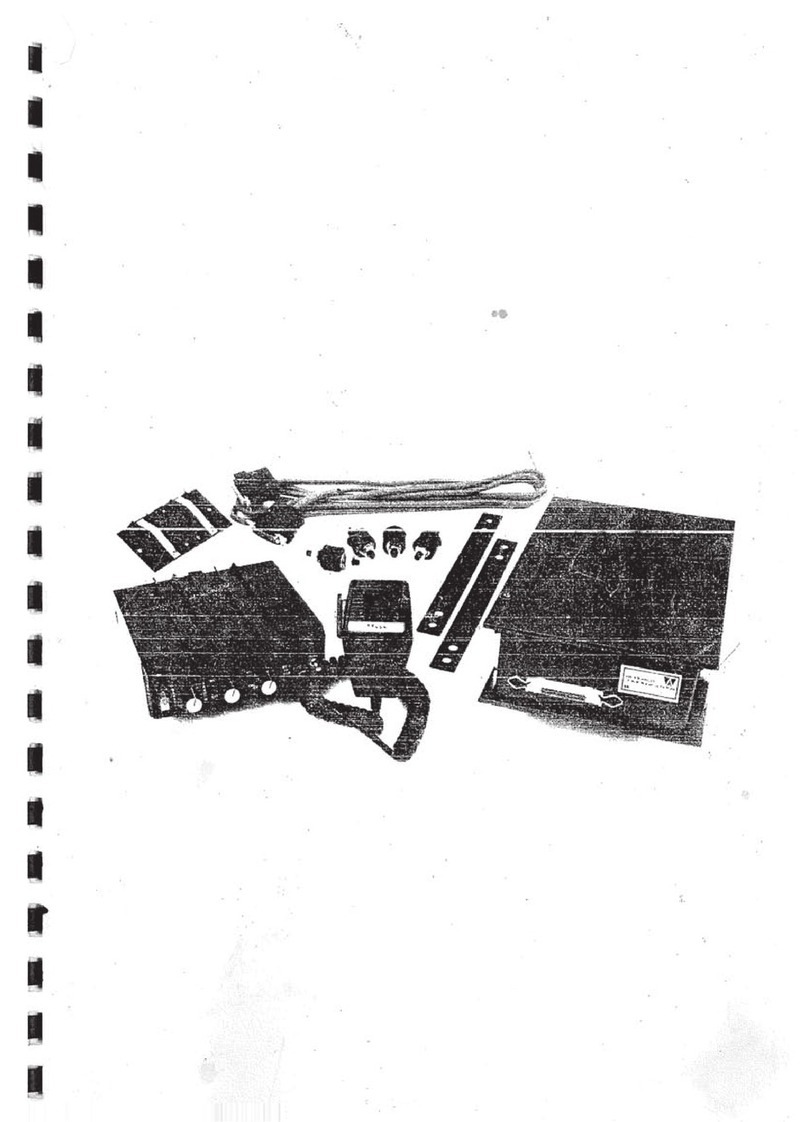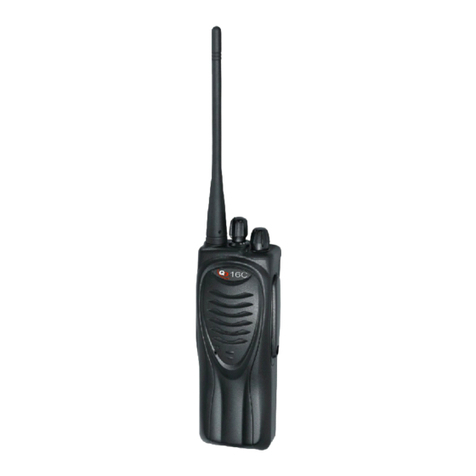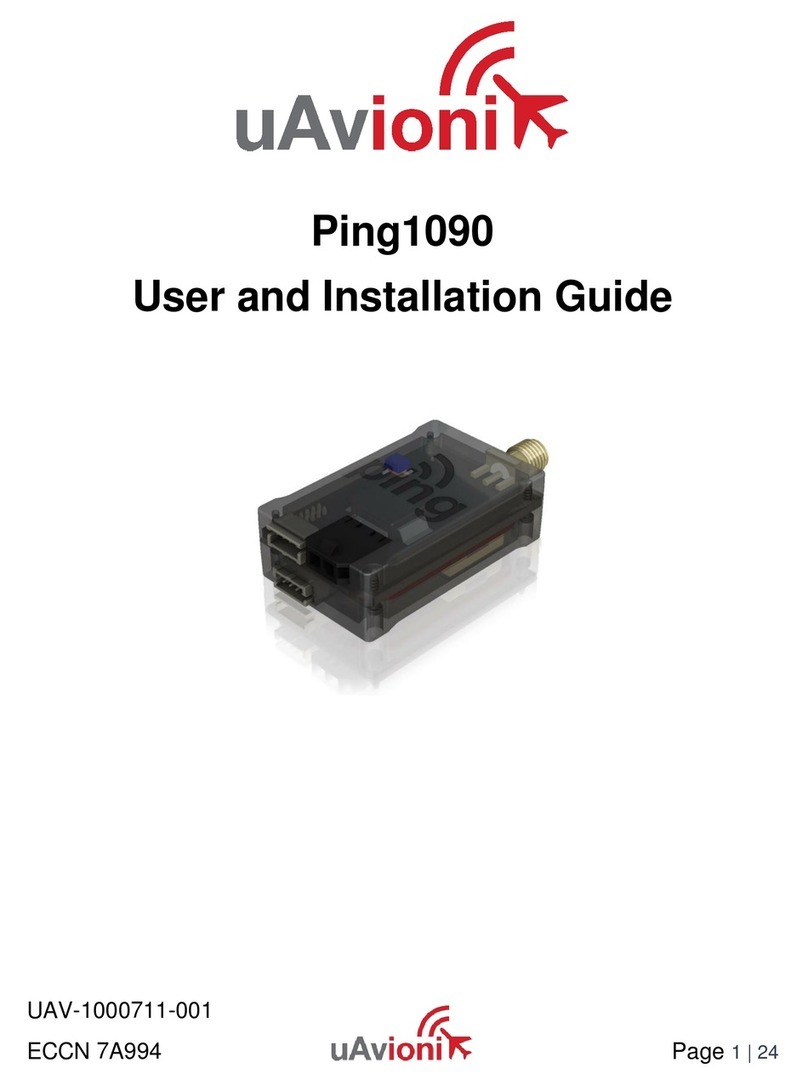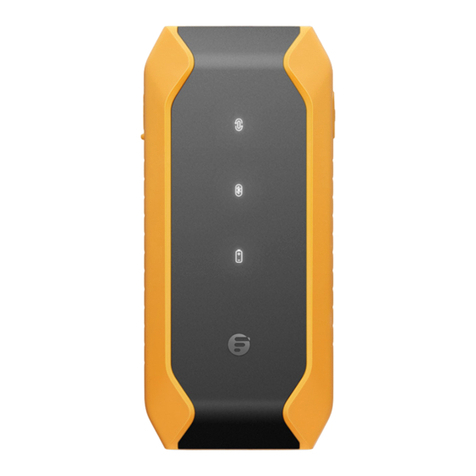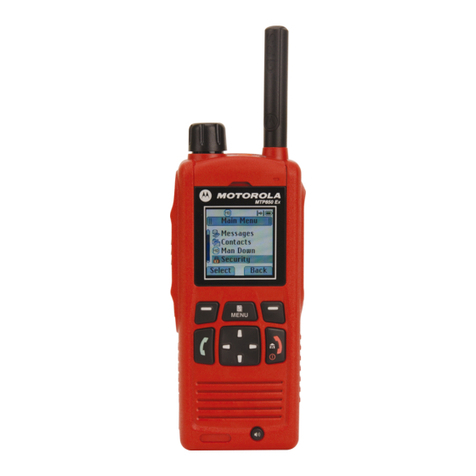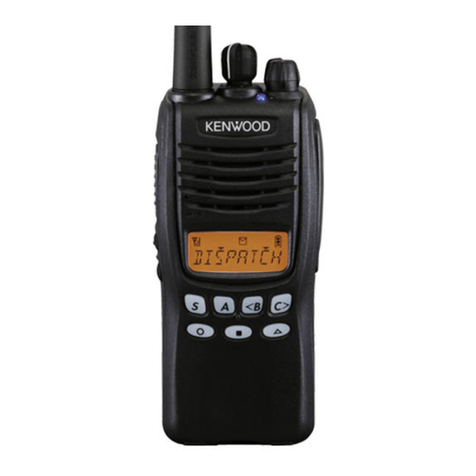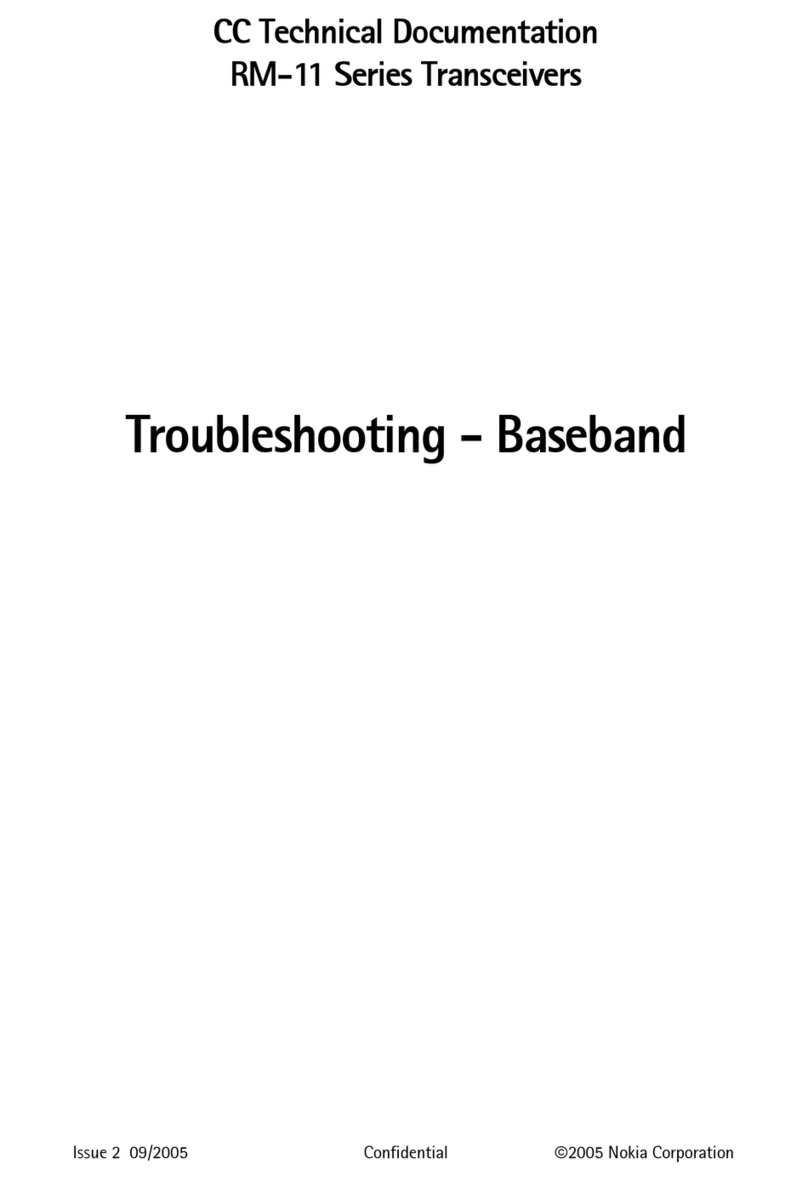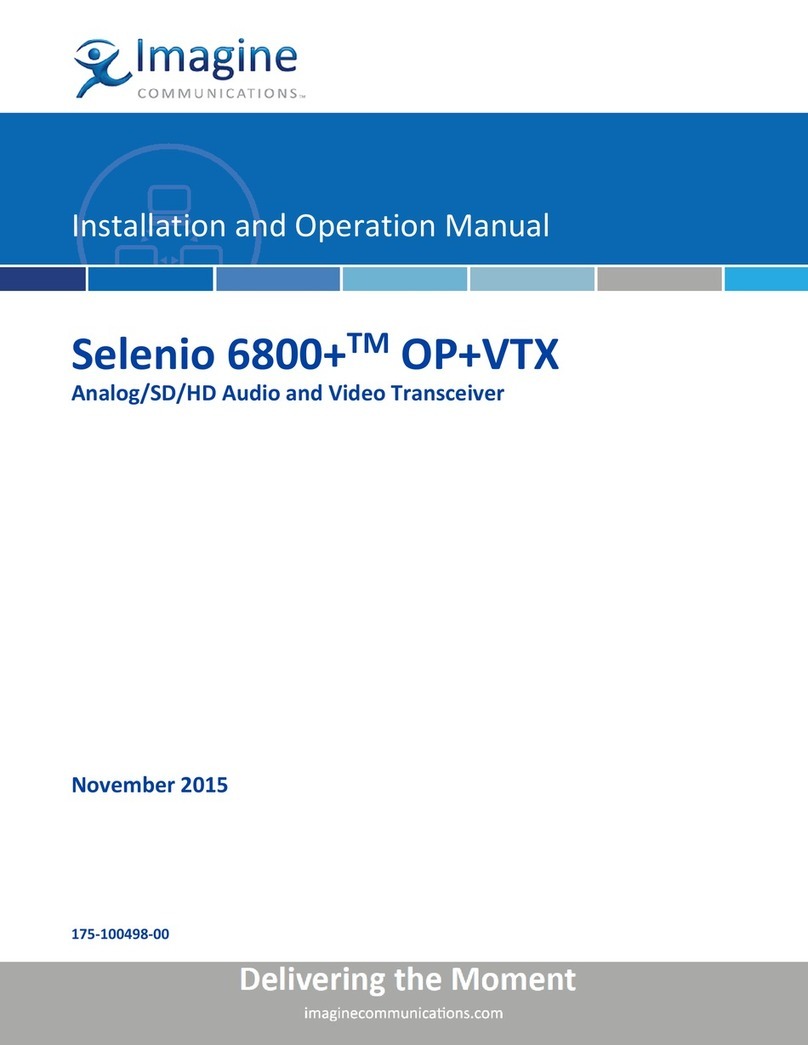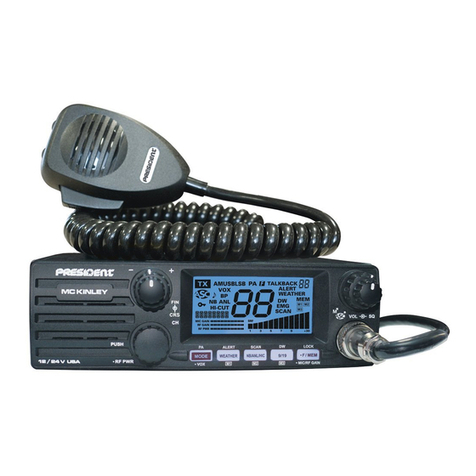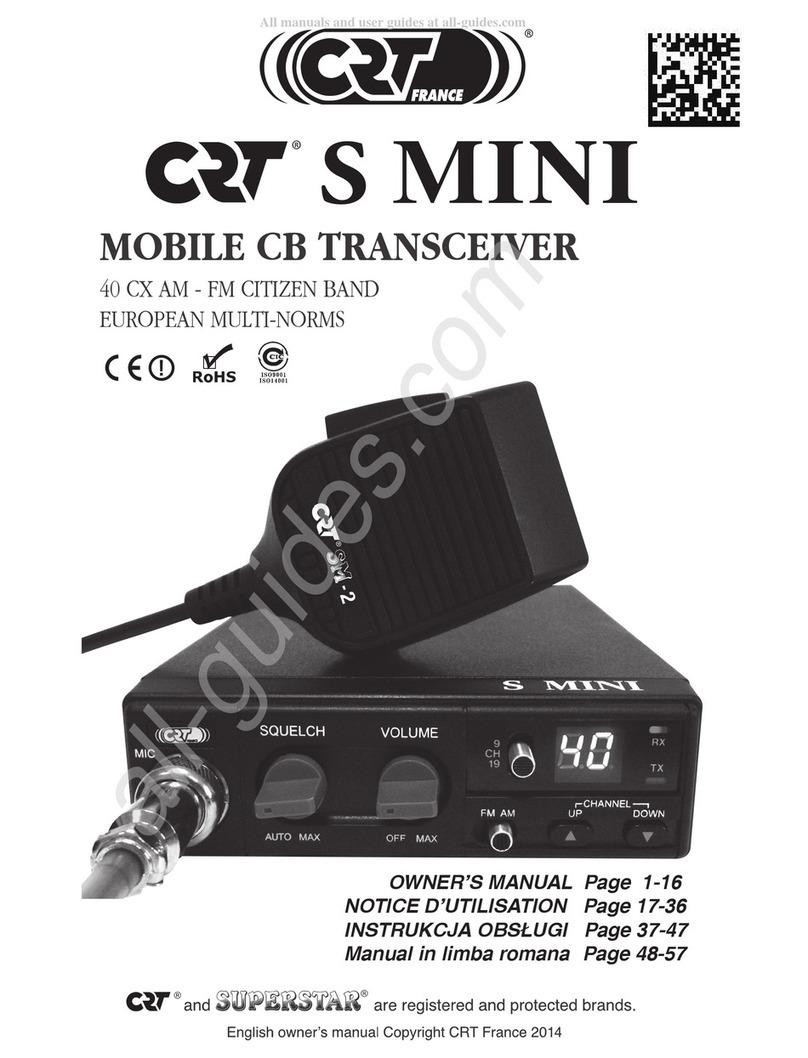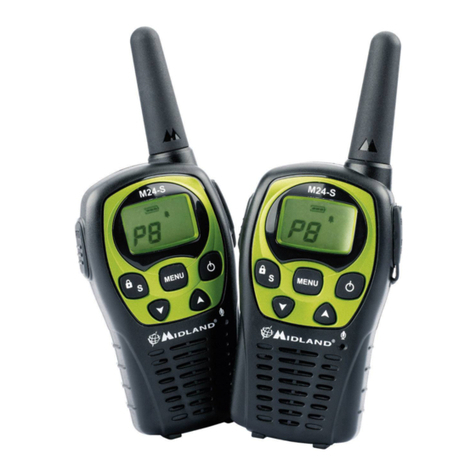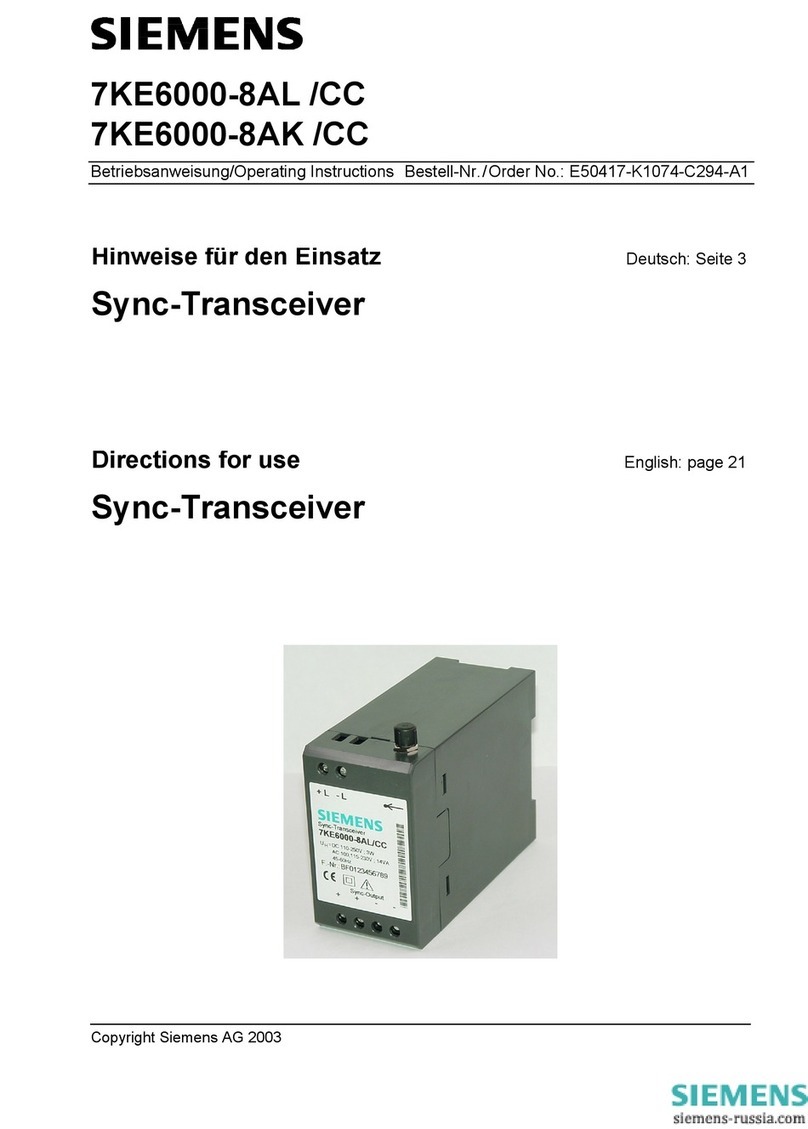intech 21 I21RU4A User manual

916.5 MHz Transceiver I21RU4A User Manual
21 Harbor Park Drive North, Port Washington, NY 11050 Phone: 516.626.7221 Fax: 516.626.7021 1
916.5 MHz Transceiver I21RU4A
User Manual
1. Device Functions
The Basic functions of 916.5 MHz Transceiver are:
• Monitoring sensors' signals;
• Transmitting and retransmitting data within wireless network.
2. Hardware Description
The Transceiver’s components are assembled on a printed circuit board. Main components are shown
on the picture.
The Microprocessor controls RF data communication and scans signals, coming from sensors. The
program stored in the controller’s memory implements the device operation algorithm.
The RF part is based on amplifier-sequenced hybrid Transceiver TR 8000. Antenna is permanently
connected to the transceiver board.
The transmitter section of TR 8000 employs SAW filtering to suppress harmonics, facilitating
compliance with FCC 15.249 and similar regulations.
The Power Regulator converts the input power voltage into 3.5V required for
transceiver operation.
The Crystal provides 4 MHz oscillation frequency to the controller.
The built in Temperature Sensor is used for temperature monitoring.

916.5 MHz Transceiver I21RU4A User Manual
21 Harbor Park Drive North, Port Washington, NY 11050 Phone: 516.626.7221 Fax: 516.626.7021 2
The LEDs indicate the moments when data is being transmitted (Red LED) and
additional information (Green LED).
The Power Supply, External Sensors and Programming Device are connected to the
Transceiver using corresponding pins of the Header Connector.
3. Using 916.5 MHz Transceiver
The 916.5 MHz Transceiver operates as an element of a wireless network. The network has to include
one Access Point Transceiver and the necessary number of Network Node Transceivers.
Firmware settings configure a Transceiver as either an Access Point or a Network Node.
A Power Source 5…9V DC should be connected to a Transceiver via pins 2 (-) and 4 (+) of the Header
Connector, or Power Wires (red wire - plus, yellow wire - minus)
A Network Node Transceiver has two external inputs (digital - pin 6 and analog pin 8 of the Header),
which can be used for connection to sources of digital and analog signals in the range 0…3.5V. The
analog signal as well as output of temperature sensor is converted into digital data using analog to
digital converters built in the microcontroller. The digital information then is included in data packet
messages, which are transmitted to the Access Point or another Network Node. This Network Node
retransmits the received information. After a number of retransmitting, which depends on location of
the source Network Node the information is brought to the Access Point.
For successful operation of the wireless network a distance between two Transceivers should not
exceed 30-70 feet depending on the environment.

916.5 MHz Transceiver I21RU4A User Manual
21 Harbor Park Drive North, Port Washington, NY 11050 Phone: 516.626.7221 Fax: 516.626.7021 3
Note* To ensure the maximum permissible exposure as defined in the 47CFR 1.1310 the module should
be mounted in a plastic enclosure with the distance from the antenna to the enclosure walls no less than
1cm in any direction.
Note:
• According to FCC under 15.249(b)(4) statement: Systems operating under provisions of this
section shall be operated in a manner that ensures that the public is not exposed to radio
frequency energy levels in excess of the Commission’s guidelines.
• According to FCC under 15.19 statement: This device complies with part 15 of the FCC Rules.
Operation is subject to the following two conditions: (1) This device may not cause harmful
interference, and (2) this device must accept any interference received, including interference that
may cause undesired operation.
• Information to user
1. According to FCC under 15.21 statement: Any changes or modifications not expressly
approved by the party responsible for compliance could void the user’s authority to operate
the equipment.
2. According to FCC under 15.105 statement: This device has been tested and found to comply
with the limits for a Class B digital device, pursuant to part 15 of the FCC Rules. These
limits are designed to provide reasonable protection against harmful interference in a
residential installation. This equipment generates, uses and can radiate radio frequency
energy and, if not installed and used in accordance with the instructions, may cause harmful
interference to radio communications. However, there is no guarantee that interference will
not occur in a particular installation. If this equipment does cause harmful interference to
radio or television reception, which can be determined by turning the equipment off and on,
the user is encouraged to try to correct the interference by one or more of the following
measures:
Reorient or relocate the receiving antenna.
Increase the separation between the equipment and receiver.
Connect the equipment into an outlet on a circuit different from that to
which the receiver is connected.
Consult the dealer or an experienced radio/TV technician for help.
Table of contents

